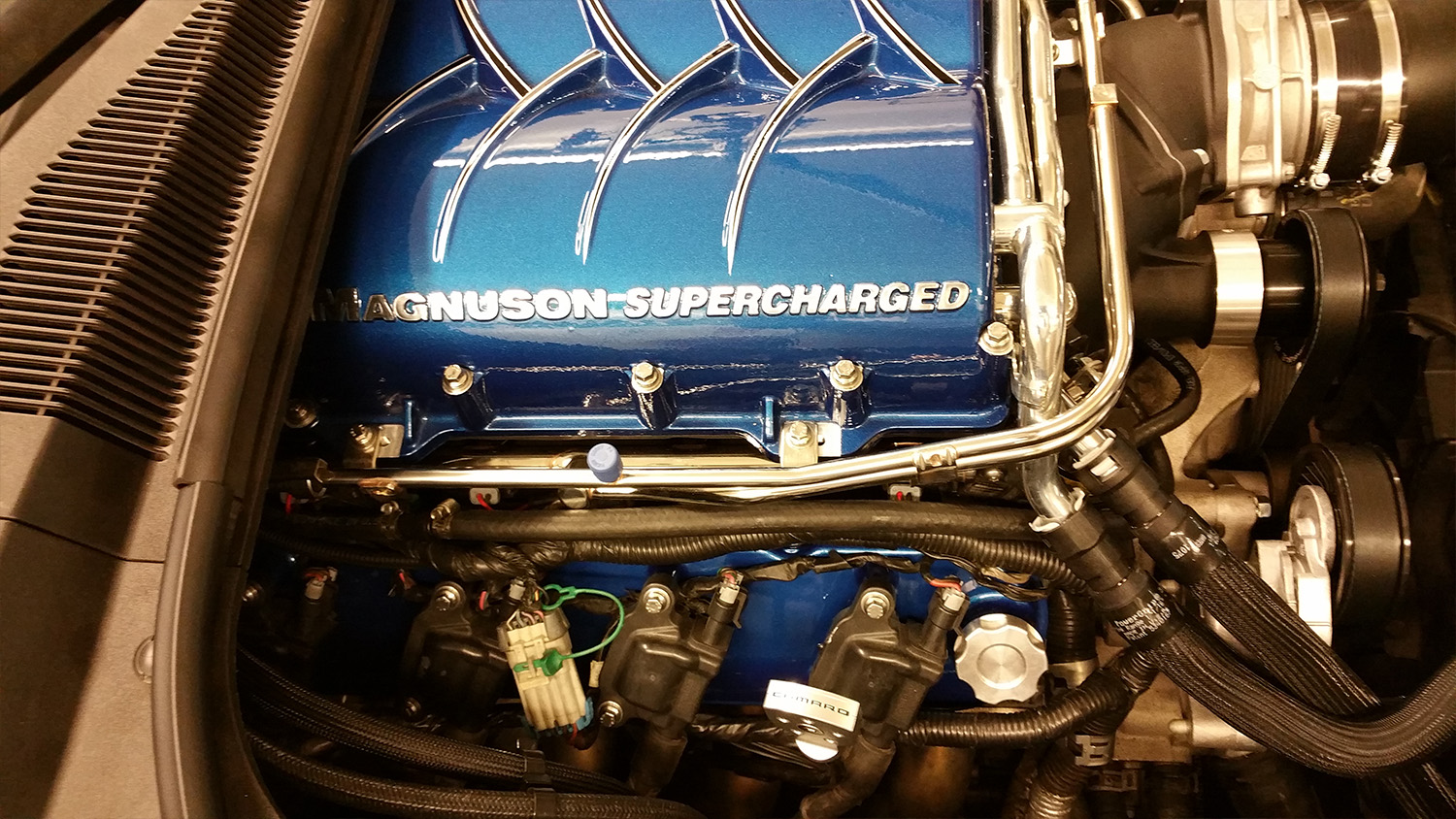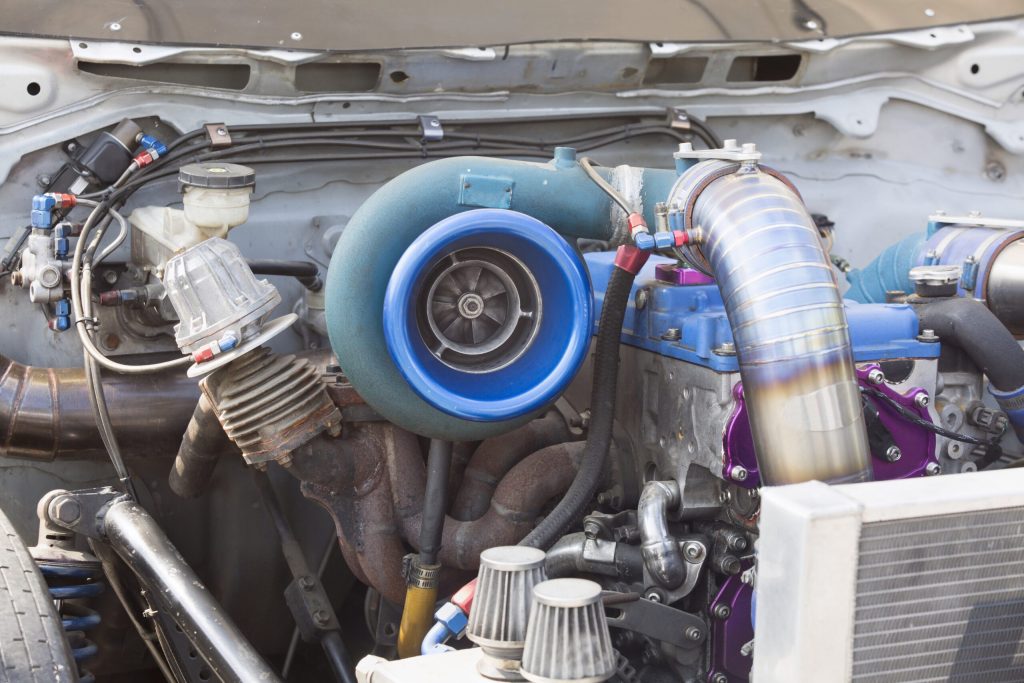

Supercharger installation is a popular choice for car enthusiasts seeking to boost their engine’s power output dramatically. The instant surge in horsepower and torque can be incredibly appealing. However, the process isn’t as simple as just bolting on a new part, and a good understanding of the process is key to success. This comprehensive guide will explore the complexities of supercharger installation, from initial planning to the final fine-tuning. We’ll examine the critical considerations involved and shed light on common challenges and solutions to ensure a smooth installation experience. We’ll cover everything from choosing the right supercharger to post-installation maintenance, providing you with a step-by-step approach to maximize your investment and your engine’s potential.
Choosing the Right Supercharger
Identifying Your Vehicle’s Needs
The first crucial step in supercharger installation is identifying the perfect supercharger for your specific vehicle. Compatibility is paramount, and ensuring the supercharger fits your car’s engine specifications is essential for optimal performance. Factors like horsepower requirements and airflow needs should be carefully considered, with the selection tailored to your desired outcome. Many factors affect this choice, including your budget, the specific engine you wish to enhance, and the overall performance goals. Different supercharger models are designed for various engine capacities, and choosing the appropriate model is critical. Without meticulous research, you risk installing a supercharger that doesn’t deliver the performance increase you expected. A thorough understanding of your vehicle’s current performance metrics, along with your performance goals, is paramount.
Evaluating Different Supercharger Options
There are various supercharger types available, and selecting the right one is fundamental to a smooth installation. Centrifugal superchargers are frequently used due to their comparatively lower installation costs and relatively simpler setup process. However, their potential for noise levels and susceptibility to damage due to extreme temperatures should also be considered. Twin-screw superchargers often deliver more horsepower, but with increased complexity and a potentially higher price tag. Factors such as your budget and anticipated usage, along with technical details such as engine compatibility and cooling system design, are essential considerations when choosing a supercharger. Each type of supercharger presents unique pros and cons, and thoughtful consideration can prevent potential issues down the road.
Planning the Installation
Developing a Detailed Installation Plan
Before physically touching any components, meticulous planning is crucial to ensure a smooth installation process. This stage involves a detailed roadmap of steps that outline everything from dismantling parts and configuring the supercharger components to the reinstallation and testing process. Thorough planning will help to avoid potential issues by ensuring all the necessary tools and equipment are acquired and accounted for. The plan should not only describe what needs to be done but also who is going to do what. It’s wise to create a detailed list of the tasks and allocate responsibilities. A meticulously designed approach that addresses each step of the process will help avoid unexpected complications during the installation.
Sourcing Necessary Parts and Tools
Ensuring you have the right parts and tools is critical for a successful installation. This involves procuring the required supercharger components, belts, and hoses. The availability and accessibility of these parts, along with any potential import restrictions, must also be considered. Having all the necessary tools, including specialized wrenches and measuring equipment, ready to go is essential. This thorough preparation will reduce potential downtime and delays, optimizing your installation schedule and preventing unexpected roadblocks due to missing equipment. A well-stocked toolkit and readily available parts are essential.
The Installation Process
Step-by-Step Installation Guide
The installation process is a multifaceted undertaking that requires careful consideration of several key steps to ensure a successful outcome. Following a structured step-by-step guide is important for achieving the desired outcome without any negative impacts. This guide can provide a crucial blueprint and help avoid common mistakes. Before performing any modifications, always consult your vehicle’s owner’s manual to understand the specific requirements and potential complications. A step-by-step guide provides a clear roadmap, ensuring that no crucial steps are missed. The correct alignment and secure mounting of each part are critical for optimal performance.
Addressing Potential Challenges
Many challenges can arise throughout the installation process. One frequently encountered problem is electrical system compatibility issues. Mismatched wiring configurations can cause problems, thus necessitating meticulous troubleshooting. Ensure correct cable connections and groundings to prevent electrical system failures. Another aspect of the process is the precise alignment of the supercharger, ensuring minimal friction between moving parts. This can be accomplished by adjusting the mounting points to ensure correct alignment. Furthermore, careful attention to hydraulic fluid and coolant levels is needed for optimal engine performance. These are critical factors to understand and address for a smooth installation experience.
Tuning and Testing
Fine-tuning for Optimal Performance
After the installation, meticulous fine-tuning is essential to realize the supercharger’s full potential. Carefully adjusting the engine’s tuning parameters ensures optimal performance and efficiency. This process often involves using specialized tuning software to align the vehicle’s computer systems with the new supercharger. The process frequently requires expert intervention, as misconfigurations can lead to inefficient fuel consumption or even engine damage. By calibrating the engine’s computer systems to accommodate the new power output, a dramatic improvement in power output is often possible. Tuning is crucial for a smooth and efficient operation.
Post-Installation Testing and Checks
Comprehensive post-installation testing should be conducted to verify proper functionality. This includes observing the supercharger’s performance under various load conditions and checking for signs of leaks. Proper checking can prevent potential issues and guarantee optimal operation. This involves examining the fluid levels, and checking for any unusual sounds or vibrations. Observing the behavior of the supercharger during various engine operations is a crucial step. This testing phase can help prevent major mechanical issues in the long term.
Maintenance and Long-Term Considerations
Preventing Damage and Optimizing Performance
Once your supercharger is installed, appropriate ongoing maintenance plays a crucial role in ensuring maximum longevity and optimal performance. Regular cleaning and inspection of crucial components, such as the supercharger belt, ensure smooth operation over time. Carefully inspecting the belt, bearings, and pulleys for wear or damage helps prevent breakdowns and maximizes longevity. Maintaining proper fluid levels and monitoring temperatures is crucial in preventing potential damage. Following the manufacturer’s recommendations is critical to maintain the performance of your newly supercharged engine.
Future Upgrades and Considerations
Future upgrades or modifications may be possible or necessary to enhance performance. Understanding the limitations and potential risks associated with future modifications is essential to making informed decisions that help in preventing mechanical issues in the long run. Ensuring sufficient cooling capacity is paramount, and considerations for potential engine stress and damage must be carefully evaluated. This is essential for ensuring consistent performance and longevity. Additional components or adjustments might be necessary to match your performance desires.
Conclusion
Frequently Asked Questions
Choosing the Right Supercharger
Planning the Installation
Frequently Asked Questions
What are the common pitfalls during a supercharger installation?
One common pitfall during supercharger installation is improper tuning. Without proper tuning, the added power output can lead to inefficient fuel consumption and potential damage to your engine. Another pitfall is inadequate research before purchasing and installing a supercharger. Carefully consider your vehicle’s make, model, and year to ensure compatibility and performance expectations. Lastly, neglecting necessary safety precautions during the installation process can lead to serious injury. Always prioritize working with trained technicians in a safe environment to mitigate risks.
What are the potential long-term maintenance requirements for a supercharged engine?
Supercharged engines often require slightly more frequent oil changes, due to the increased stress on the engine components. Additionally, you should regularly check the supercharger belt for any signs of wear or damage. Regular monitoring of the intercooler and its performance is important to ensure efficient cooling of the air being compressed. These preventative measures help in maximizing the lifespan of the supercharger and preventing expensive repairs down the line.
In conclusion, supercharger installation is a significant upgrade for engine performance. By understanding the process, potential challenges, and considerations, you can make an informed decision about enhancing your vehicle’s power. Remember to research reputable installers, carefully weigh costs against benefits, and prioritize safety throughout the entire process. If you’re ready to unleash the untapped potential of your engine, consider contacting a reputable automotive shop or performance tuning specialist for a consultation. They can guide you through the installation process and help you achieve optimal results.